“You call me Driver, and I’ll call you Passenger”.
This was our friendly bus driver, “Paul is my name”, who managed to confound our Social Secretary, Lois, by arriving half an hour early to pick us up for our tour. It turned out to be a fantastic day, with a most amenable driver taking us to places many had never seen before.Who would have thought a Port could be so fascinating? The Port of Brisbane, as we know it today, was developed on Fisherman Islands, reclaiming sandbanks, mudflats and swamps and linking the islands to the mainland near Lytton via a 5km causeway, two road bridges and a rail bridge. Large car holding areas and the container yards are the obvious sights on driving through the port., and Paul’s commentary gave life to what we were seeing. The port handles up to 30,000 imported vehicles on any day, being unloaded from huge ugly vessels. Interesting to see car after car being driven down the ramp.The Port of Brisbane is the third largest container port in the country, after Melbourne and Sydney. We saw rail mounted container stacks, and diesel electric straddles, both operations highly automated. Around 1.2 million containers travel through the port each year, all under the watchful eye of Border Force, who monitor the paperwork and inspect an average one in eight containers.Ten to twelve coal trains a day , seven days a week, are also handled by the port.While there is a capacity to triple trade through the Port of Brisbane, there is an agreement to maintain a third of the area as mangroves, with a 12 hectare sanctuary for birds that is accessible to birdwatchers. Lunch at Breakfast Creek Hotel was enjoyed after our extensive Port Tour, before we proceeded to Newstead House for a private tour of this historical building. Our entrance was up the back road, with its delightful features of a tree house, four steel poles that spoke to you if you turned a small wheel, and the magnificent spreading canopy and root system of the Poinciana tree. We heard the history of the home’s ownership and various additions, and the current refurbishment to make it more authentically Victorian in its furnishings and accessories.

A beautiful, easy living retirement village nestled in the Daisy Hill State Forest, Springwood, Brisbane, Queensland. Our stylish 2 or 3 bedroom apartments, including garden option, offer single level access and luxury retirement communities with neighbours close by but with privacy assured.

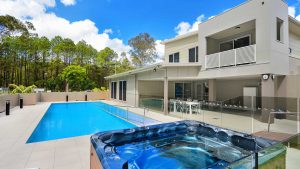

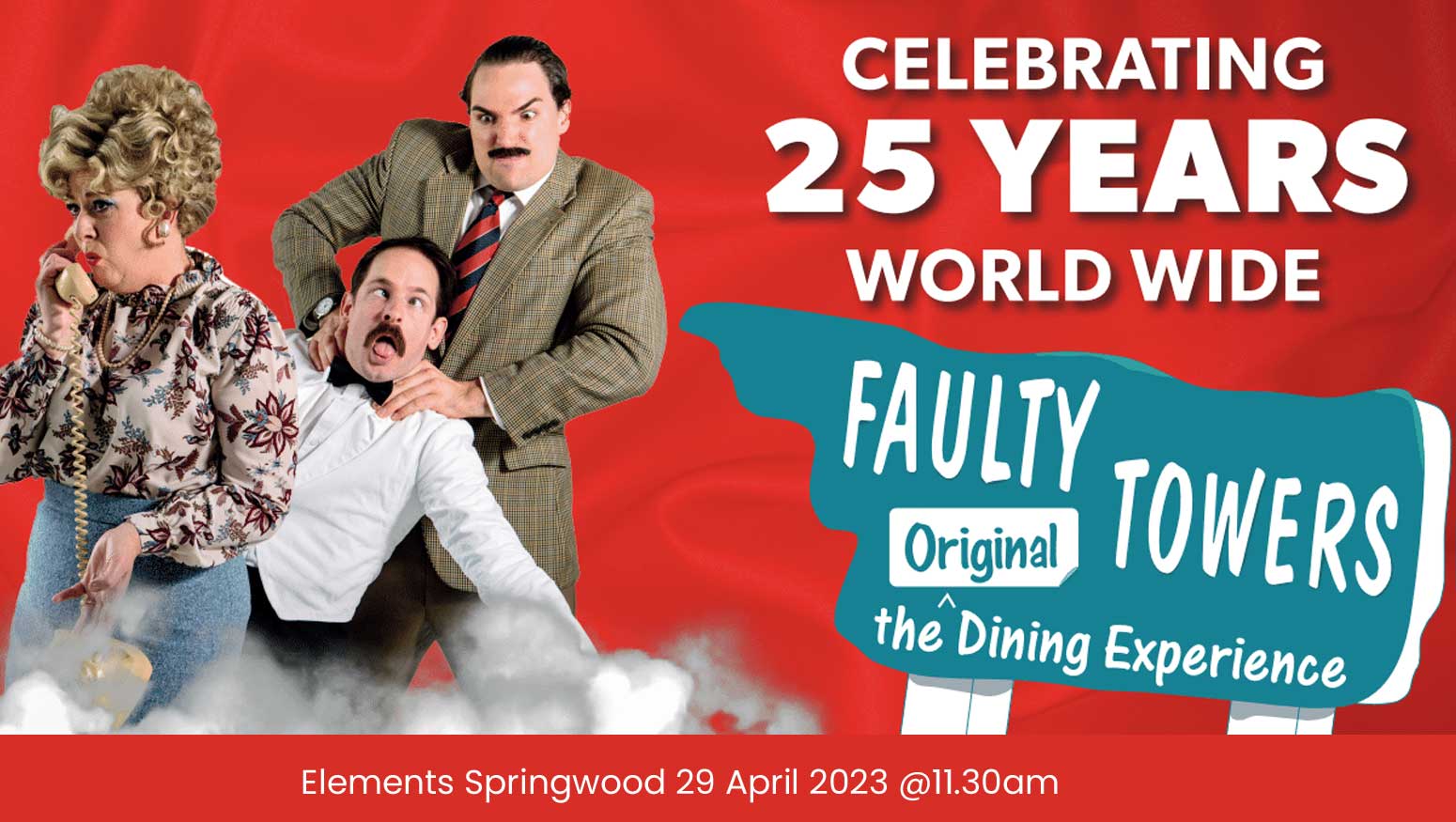
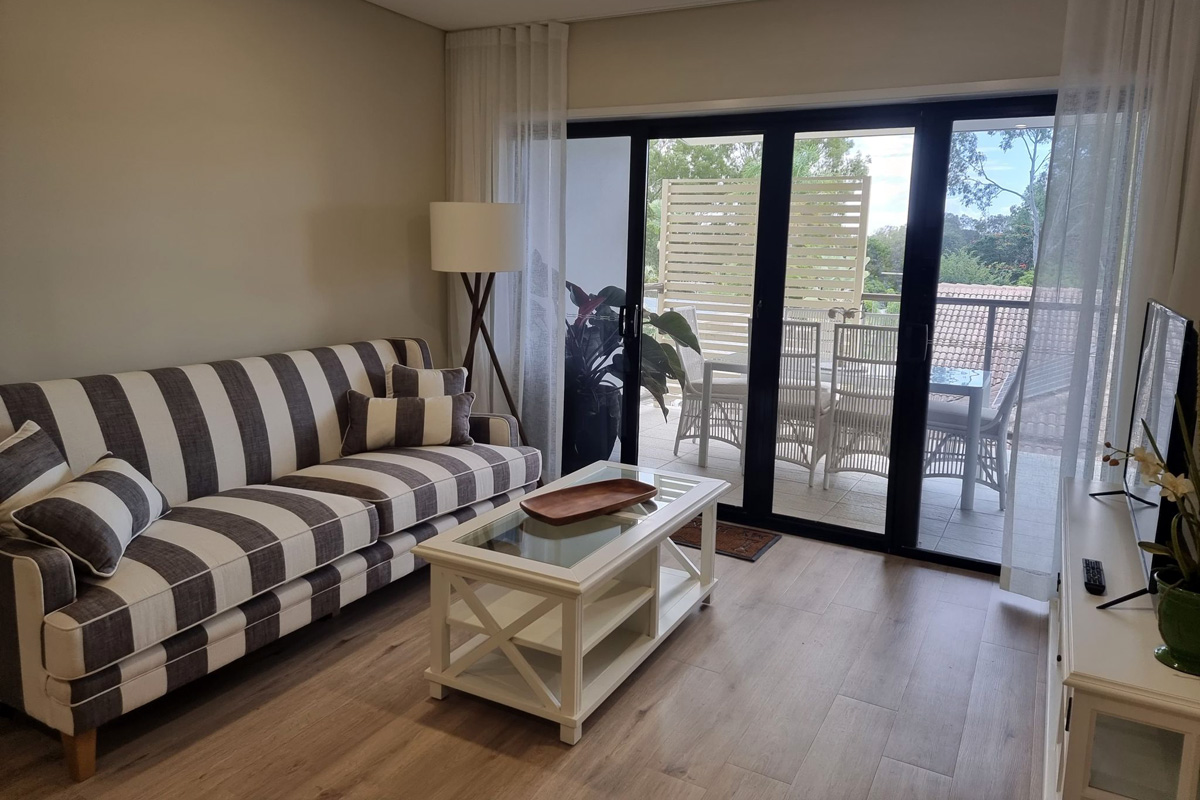
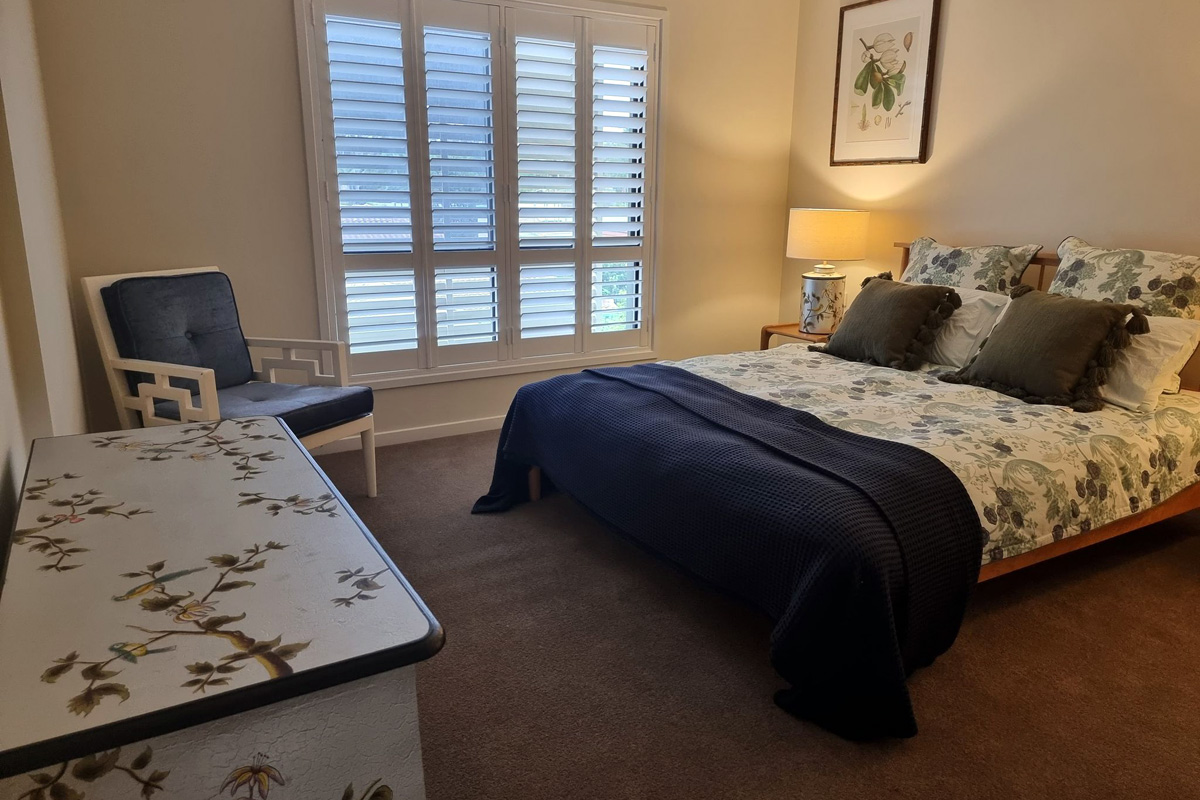


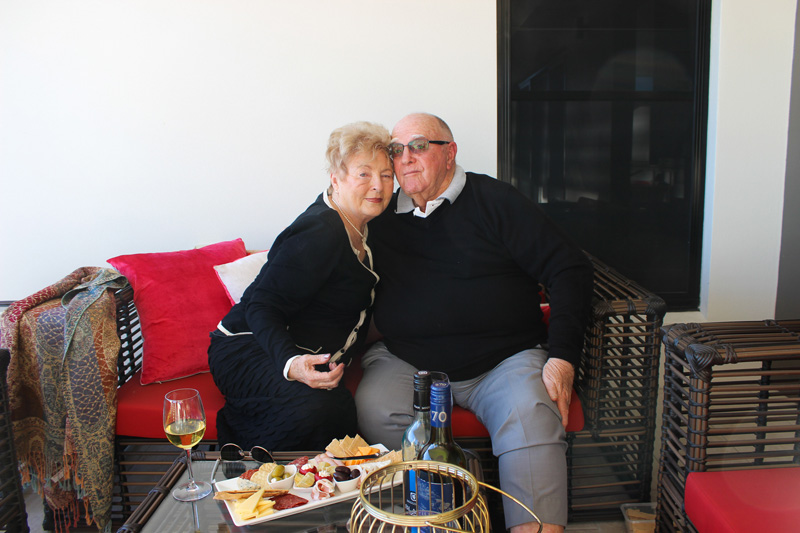

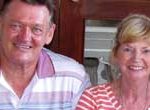


 Join Elements Newsletter
Join Elements Newsletter